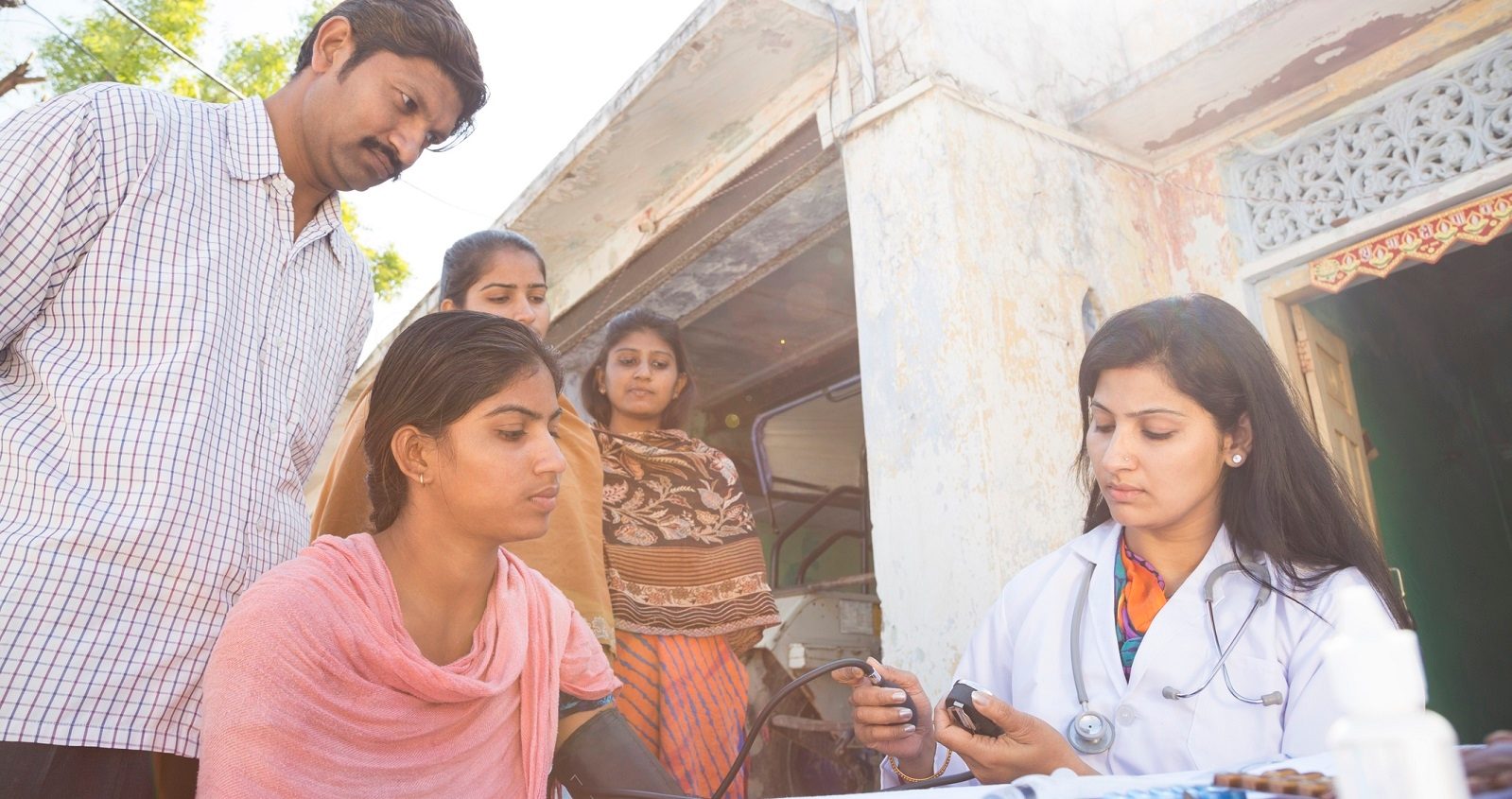
Reforming the regulation of medical education, professionals and practice in India
The past decade has been highly formative for the overall Indian health sector, resulting in expanded financial protection schemes for the poor while also increasing privatisation. The most recent National Health Policy in 2017 emphasises the need to align the private sector with public health goals and suggests strategic purchasing from the private sector. Many recent government health policy initiatives have included measures that strengthen market driven healthcare delivery. The most significant reform in recent times is ‘Ayushman Bharat’ (Long live India) which started in 2018 and includes a publicly financed health insurance scheme for the poor for availing secondary and tertiary care services, and health and wellness centres for provision of primary care.
What is less clear is how these reforms in the health sector and in medical education cohere. The writers posit that rather than emphasising an approach driven by primary care, health equity and social justice, the current policies seems to facilitate medicalisation and corporatisation of healthcare. Additionally, current reform could result in centralisation of authority or regulation of medical education and practice. The writers argue around three themes—medicalisation, corporatisation and centralisation.
The focus of National Medical Commission (NMC) reforms is ostensibly to reform the medical education sector. Nevertheless, how NMC addresses its responsibilities has significant implications for public health and health systems in India. First, the paradigm shift in approach to UHC with a model heavily dependent on private sector may further aggravate the scarcity of human resources for health (HRH) in the public sector health systems. Second, the current inequity in distribution of HRH may worsen if policies continue to prioritise secondary and tertiary care, which are often located in peri urban or urban centres, the primary health care systems may struggle to get required HRH. Third, the concept of Community Health Providers (CHPs) as envisioned in recent health policy is innovative but if not implemented in the right spirit and manner may further fragment the already fragmented primary healthcare systems.
The NMC is envisaged to be a major reform but it remains to be seen how the institution will address the inefficiencies of earlier regulatory system. The inefficiencies, variable quality of education and corruption, especially in the private sector will require more effective and robust regulation, free of all conflict of interests. The well-intentioned policy of regulating the fee by private medical institutions will also require test of time, especially with more privatisation, corporatisation and centralisation. More importantly, how will the NMC deal with two opposite paradigms of facilitating production of more doctors and specialists, and CHPs? Remarkably, the NMC has also provisioned a specialised medical ethics and regulation board but the real challenge will be to regulate the relationship between the industries, and medical practitioners, and its influence on ethical practice.
Reforms to improve the regulation of health professionals must work in concert with other reforms pertaining to UHC. As evidenced by the current scenario in India, the vision for the health workforce currently promoted through regulatory reform raises a host of questions, and, not clear towards vision for UHC. Clear articulations of a health workforce vision, supported by strong regulatory policies and institutions, centred around primary healthcare, are urgently required in India if we are to achieve our goals of access, quality and equity.
Read full paper here. (PDF 267 KB)


